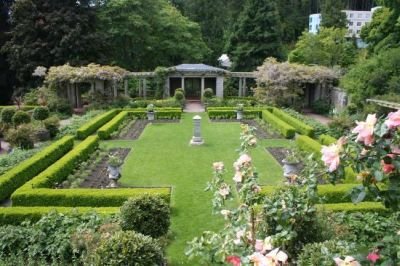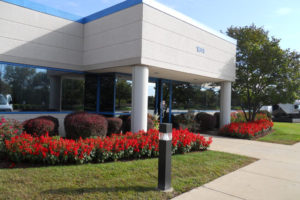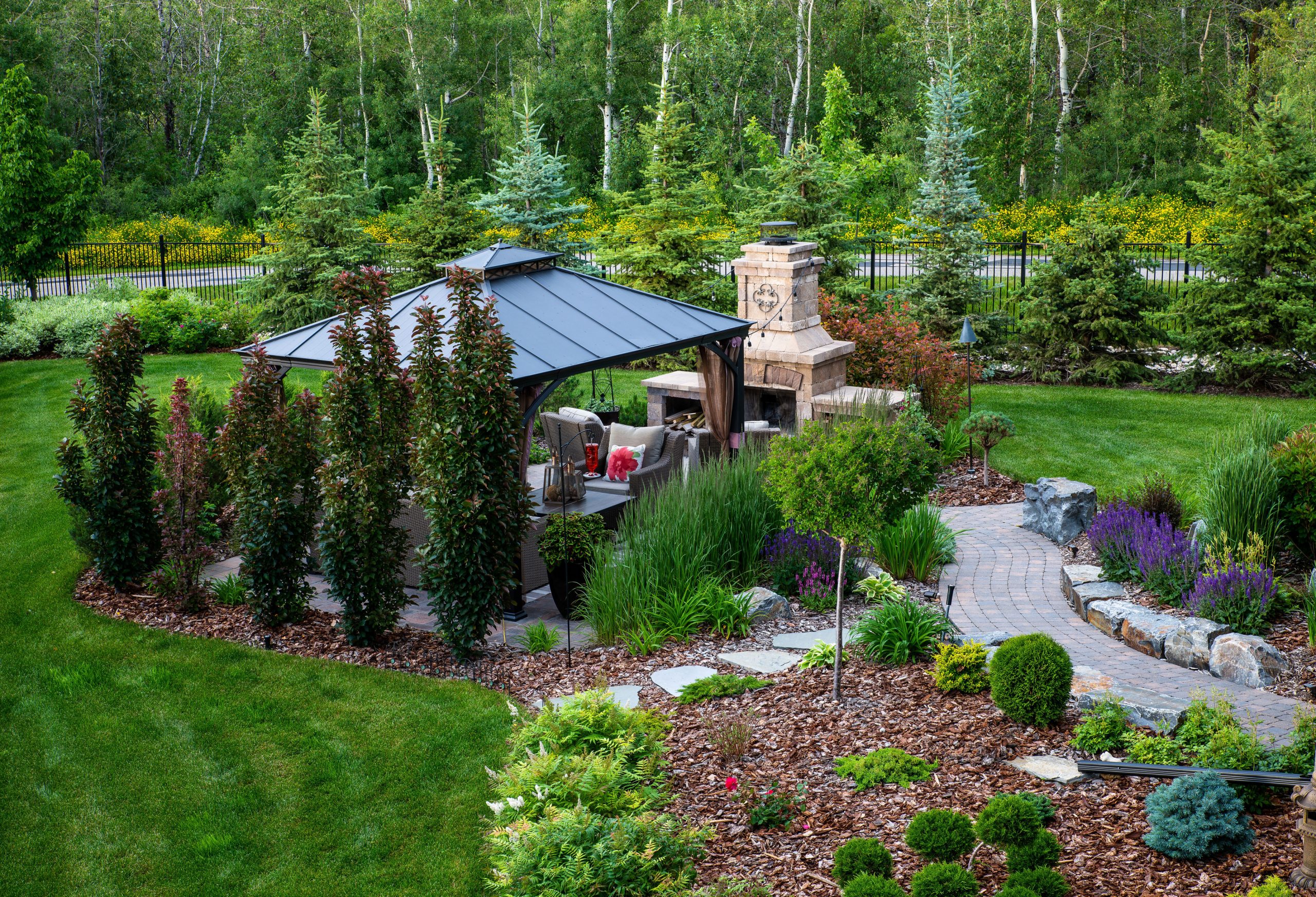A Biased View of Hilton Head Landscapes
A Biased View of Hilton Head Landscapes
Blog Article
The Buzz on Hilton Head Landscapes
Table of ContentsOur Hilton Head Landscapes StatementsExcitement About Hilton Head Landscapes10 Simple Techniques For Hilton Head LandscapesAll About Hilton Head LandscapesHilton Head Landscapes Things To Know Before You Get ThisUnknown Facts About Hilton Head LandscapesNot known Factual Statements About Hilton Head Landscapes Unknown Facts About Hilton Head Landscapes
Type compatibility is also a major component of unity in designone or two noticeably various types benefit contrast and emphasis, however generally all other types must have some similarities for a merged look. Appearance describes how rugged or fine the surface area of the plant or hardscape material feels and/or looks.
Examples of plants with crude appearance consist of philodendrons, agaves, bromeliads, hollies, palms, and hydrangeas. Features that create great texture include little vegetation; slim, strappy fallen leaves (yards) or tall, slim stems; tiny, dense twigs and tiny branches; long stems (vines); and tiny, fragile blossoms.
Some Known Facts About Hilton Head Landscapes.
Most plants are average structure, in that they can not be called having either rugged or great appearance. They are identified by medium-sized fallen leaves with easy forms and smooth sides. The average-sized branches are not densely spaced neither commonly spaced, and the total form is typically rounded or mounding. Medium-textured plants function as a background to web link and unify the coarse- and fine-textured plants.

To make a space feel smaller, place the crude textures along the outer border and the fine appearances closest to the customer. The information of the rugged appearance makes the plants show up closer and makes the area really feel smaller sized. The viewed appearance of plants can also transform with the distance from the plant.
The Ultimate Guide To Hilton Head Landscapes
Strong colors increase the comparison and make the appearance show up coarser, while soft shades can flatten texture. Hardscape with a rugged texturesuch as extremely rough rocks and strong, huge timberstends to make all plant material appear more moderate textured. Developers usually establish a texture research (Figure 8) theoretically to aid determine the plan of plant materials.
Number 8. Texture research. Color in plant product and hardscape includes rate of interest and range to the landscape. Shade is one of the most obvious aspect in the landscape and is usually the focus of many homeowners; nevertheless, it is additionally the most short-lived aspect, generally lasting only a couple of weeks a year for specific plants.
Hilton Head Landscapes Can Be Fun For Anyone
A simple description of the color wheel includes the 3 primary colors of red, blue, and yellow; the 3 second shades (a mix of two primaries) of green, orange, and violet; and 6 tertiary shades (a mix of one adjacent primary and secondary color), such as red-orange. Shade concept explains the relationship of shades per various other and just how they need to be utilized in a structure.

Comparable (occasionally called harmonious) color pattern are any three to five colors that are adjacent on the shade wheel, such as red, red-orange, orange, yellow-orange, and yellow, or blue, blue-violet, and violet (Landscapers near me). The shades belong to each other because they usually include 2 primaries blended to form an additional and two tertiary colors, which means they share typical properties
They tend to have high comparison in between them. The most usual sets are violet and yellow, red and green, and blue and orange. Complementary colors are typically found naturally in blossoms; an usual pair is yellow and violet. Color is located in the flowers, foliage, bark, and fruit of plants.
A Biased View of Hilton Head Landscapes
Environment-friendly have a peek at this website foliage in all its numerous shades is the leading color by amount, but various other colors record attention extra easily due to their high comparison to the shade environment-friendly. Color is likewise located in buildings, rocks, pavers, timber, and furniture. A lot of shades in all-natural products, such as stone and timber, are normally low-key and often tend to be variants of brownish, tan, and pale yellow.
Colors have properties that can affect emotions, spatial assumption, light top quality, balance, and emphasis. Cool shades often tend to be relaxing and must be made use of in locations for relaxation and calmness.
How Hilton Head Landscapes can Save You Time, Stress, and Money.
The "temperature" of shades can likewise impact the assumption of distance. Trendy shades have a tendency to decline and are viewed as being farther away, making an area really feel larger. Cozy shades have a tendency to development and are perceived as being more detailed, making an area feel smaller sized. Color can also be utilized to capture focus and straight sights.
Bright yellow, which has the greatest strength, also has a high contrast with all various other shades (typically defined as a "pop" of shade) and need to be utilized moderately. A percentage of intense color has as much visual weight as a large quantity of an extra controlled or weak shade.
Comparable (occasionally called harmonious) color pattern are any type of 3 to five colors that are nearby on the color wheel, such as red, red-orange, orange, yellow-orange, and yellow, or blue, blue-violet, and violet. The shades are associated per various other because they commonly consist of 2 key shades blended to create a second and 2 tertiary colors, which implies they share usual properties.
4 Simple Techniques For Hilton Head Landscapes
Corresponding colors are frequently discovered naturally in flowers; a common set is yellow and violet. Shade is discovered in the blossoms, foliage, bark, and fruit of plants.
Green foliage in all its numerous tones is the leading shade by quantity, but other shades catch interest quicker because of their high contrast to the shade eco-friendly - landscapers hilton head island - https://dc-washington.cataloxy.us/firms/www.hiltonheadlandscapes.com.htm#google_vignette. Color is additionally discovered in buildings, rocks, pavers, timber, and furniture. The majority of shades in all-natural materials, such as stone and timber, are generally soft and often tend to be variations of brownish, tan, and pale yellow
Hilton Head Landscapes Fundamentals Explained
Shades have residential or commercial properties that can impact emotions, spatial understanding, light high quality, balance, and emphasis. Amazing colors have a tendency to be calming and should be used in areas for relaxation and calmness.
Cool shades have a tendency to recede and are regarded as being further away, making a space feel larger. Shade can also be made use of to catch focus and straight views - https://www.huntingnet.com/forum/members/h1tnhdlndscps.html.
Intense yellow, which has the greatest intensity, additionally has a high contrast with all other colors (frequently defined as a "pop" of color) and ought to be made use of sparingly. A small quantity of intense shade has as much visual weight as a big amount of an extra suppressed or weaker color.
Report this page